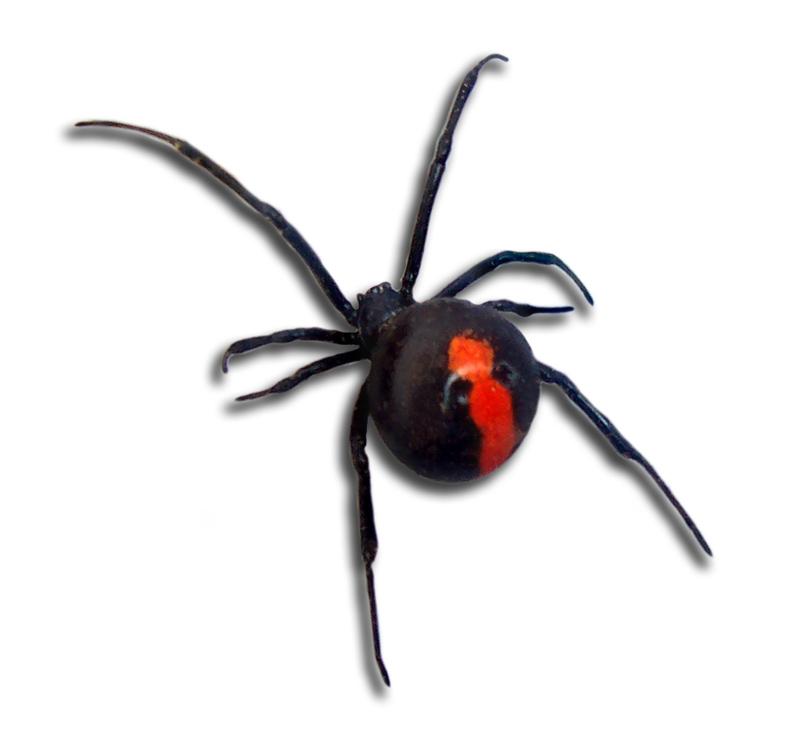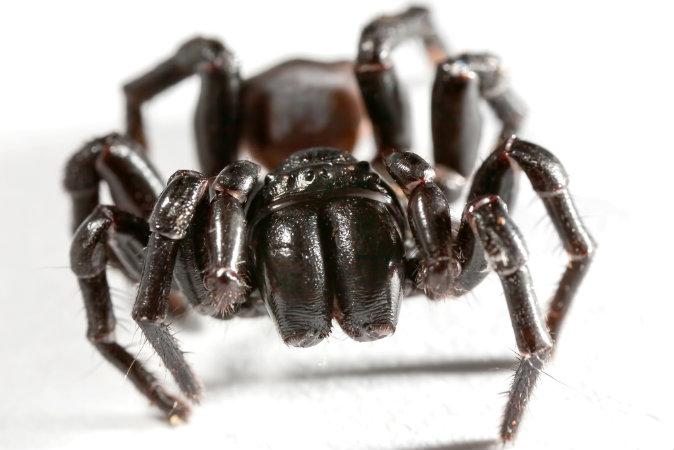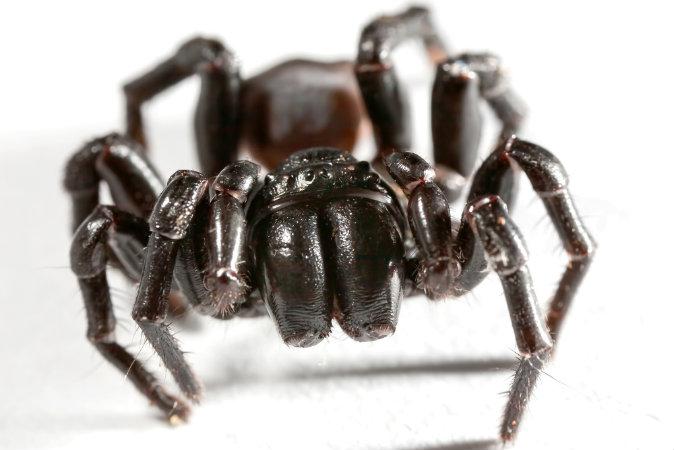Most spiders are feared more because they of their creepiness than because of their ability to inflict lasting harm on humans.
Some of the world’s most dangerous spiders are aggressive and will not hesitate to attack humans with little provocation. Most, however, will cower away and avoid conflict unless cornered—like in a shoe as a foot approaches, or in a shirt sleeve as an arm plunges in.
In the United States, about 60 out of 3,000 spider species are thought to have significantly harmed people.
Here’s a look at seven of the most dangerous spiders around the world.
7. Redback Spider, Latrodectus hasselti

Redback spider (Wikimedia Commons)
Location: All across Australia. It has spread via exports from Australia to New Zealand. It’s also been spotted across Southeast Asia and Japan.
Body size: Females 0.4 inches (1 centimeter), males 0.1 inches (3 to 4 millimeters)
About 250 people receive antivenom for redback bites each year. About 80 percent of bites have little to no effect, and most of the other 20 percent are painful for about a day but are not serious. The rare serious cases can include symptoms such as rapid heartbeat, headache, vomiting, and insomnia.
No fatalities have been recorded since an antivenom was introduced in the 1950s.
Redbacks don’t stray far from their webs, and most bites have occurred when people came into direct contact with the webs.
6. Sydney Funnel-Web Spider, Atrax robustus

Sydney funnel-web spider. (Shutterstock)
Location: Within a 100-mile (160-kilometer) radius of Sydney, Australia. Other species of funnel-web spiders are found throughout Australia.
Body size: Females 1.4 inches (3.5 centimeters), males 1 inch (2.5 centimeters)
Although the Sydney funnel-web spider has not killed anyone since an antivenom was introduced in 1981, it remains “an icon of fear and fascination for Sydneysiders,” according to the Australian Museum. The spider has caused more than 13 recorded deaths.
The fibers from its web are used in making optical instruments.





